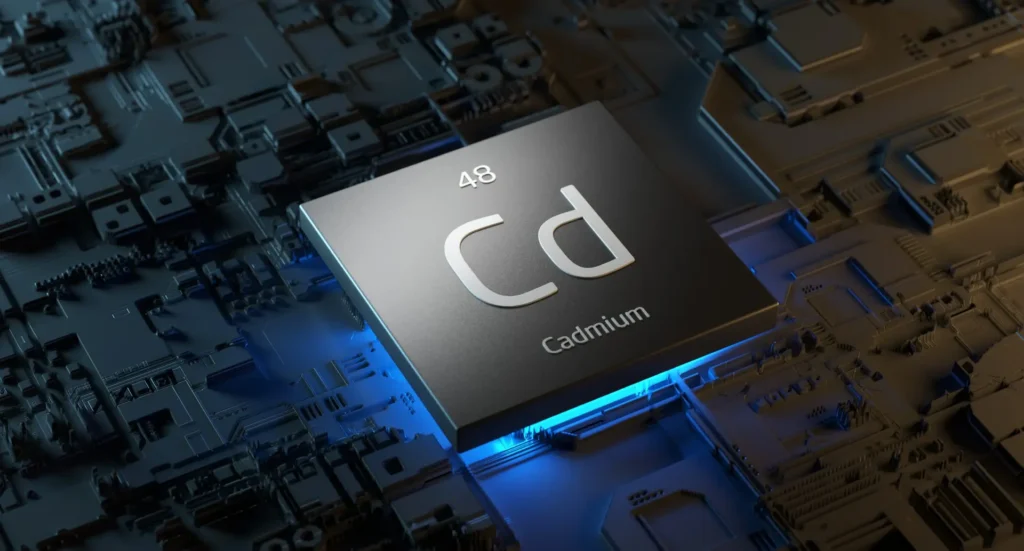Magnesium oxide (MgO) exhibits excellent performance in removing cadmium (Cd²⁺) pollution, primarily benefiting from its high chemical reactivity, strong alkalinity, and high specific surface area. The process of cadmium removal involves several mechanisms, mainly including the following aspects:

I. Surface Adsorption
1. Electrostatic Adsorption:
In aqueous solutions, magnesium oxide undergoes partial hydration, forming negatively charged hydroxyl groups (-OH⁻) on its surface. Cadmium exists as Cd²⁺ cations, so Cd²⁺ can be adsorbed onto the surface of magnesium oxide particles through electrostatic attraction.
2. Coordination Adsorption:
The surface of magnesium oxide has hydroxyl oxygen atoms with lone pair electrons, which can form coordination bonds with Cd²⁺ ions, enhancing the stability of adsorption.
II. Precipitation
Magnesium oxide partially dissolves in water, forming magnesium hydroxide (Mg(OH)₂) and OH⁻ ions, thereby increasing the pH of the solution. This leads to the combination of Cd²⁺ with OH⁻ to form sparingly soluble cadmium hydroxide precipitate:
Reaction Equation:
Cd²⁺ + 2OH⁻ → Cd(OH)₂(↓)
This process is one of the main cadmium removal pathways, especially under conditions of pH > 8.
III. Ion Exchange
Some studies suggest that Cd²⁺ can replace loosely bound Mg²⁺ in the magnesium oxide structure, achieving ion exchange. This mechanism mostly occurs in nano-sized or high-defect-site magnesium oxide materials.
Simplified Reaction:
MgO + Cd²⁺ → CdO + Mg²⁺
Although ion exchange is not the dominant mechanism, it accounts for a certain proportion in some modified magnesium oxide materials.
IV. Synergistic Mechanisms and Dynamic Processes
In actual water bodies, the above mechanisms often occur synergistically. For example:
- Initially, Cd²⁺ is adsorbed first.
- Precipitation occurs after the pH increases.
- Ion exchange takes place when adsorption sites are limited.
In addition, magnesium oxide generates Mg(OH)₂ colloids in water, which can act as carriers to further adsorb Cd²⁺.
V. Influencing Factors
- pH Value: Controls the formation of Cd(OH)₂ precipitate and surface charge characteristics.
- Magnesium Oxide Dosage: Directly affects the available adsorption/precipitation sites.
- Reaction Time: Influences whether adsorption/precipitation equilibrium is reached.
- Temperature: Generally, increased temperature favors the adsorption rate.
Summary:
Magnesium oxide effectively removes cadmium (Cd²⁺) from water through a combination of mechanisms: surface adsorption (electrostatic and coordination), precipitation of cadmium hydroxide due to increased pH, and to a lesser extent, ion exchange. These mechanisms often work synergistically, with adsorption potentially preceding precipitation. The efficiency of Cd²⁺ removal by MgO is significantly influenced by factors such as pH, MgO dosage, reaction time, and temperature, which affect surface charge, availability of reactive sites, reaction kinetics, and precipitation conditions.
